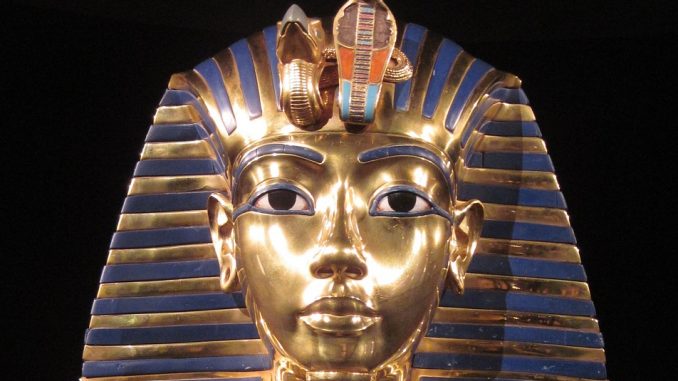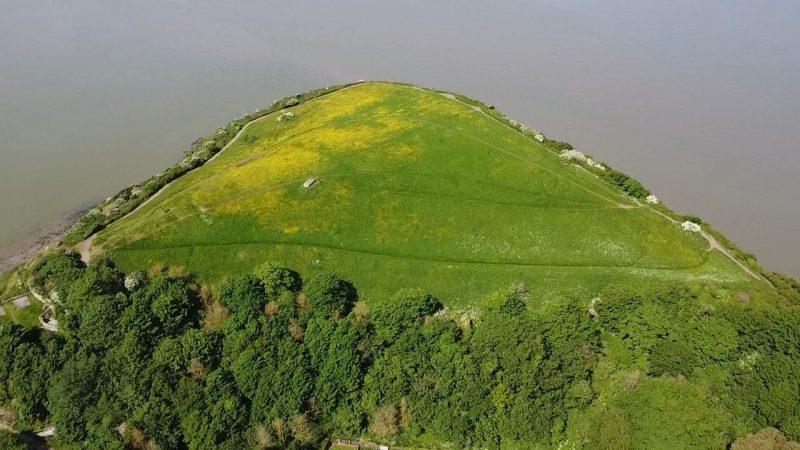
In 1972 Tutankhamun went on tour. While at age 8 I didn’t make it to the British Museum to see him, images of the famous gold funerary mask looked back at you from newspapers, and TV. I found it intriguing and spent ages looking through a book from the school library about all aspects of ancient Egyptian life. Finding out that it wasn’t just exotic places like Egypt and Rome that had archaeology, and that you could find “old stuff” much closer to home, came a few years later.
What’s the fascination of picking up grubby bits of pottery? For me it’s about the people who used it. So much of the history we are taught is about kings, wars, and oppression. I got into trouble at school for pointing out that we were more likely to be medieval servants than the lords and ladies portrayed in Ladybird books, which probably explains my early drift to the political left. But it’s true, everyday objects were used by everyday people, and their survival gives us a connection to people who in the end were not wildly different to us. And learning about that world is an interest that has stayed with me.
On holiday in Tunisia some years ago we went on a tour of the Sahara, which included a short camel trek, during which I spotted that were walking over a mound that looked anything but natural. Towns are often built and rebuilt on the ruins of earlier settlements, creating what in the middle east are called Tells. Having had enough of camels, I walked back and picked up handfuls of what turned out to be African red slip ware pottery, and what I think is a piece from the Roman game Ludus Latrunculorum. As usual my habit of staring at the ground and picking random up random bits of rubbish mortified my better half.
So, of course I had to try and infect my daughter with this peculiar affliction. When the in laws moved out of their house in the Horfield area of Bristol, we took a spade to her grandmothers beloved garden and came away with a pile of pottery ranging from Saxon to Tudor and a coin that was so worn that I’ve never been able to identify it. The name Horfield is Anglo-Saxon in origin, and means “filthy open land”, which described the end result of a very happy day digging very well.

I do a lot of walking, and it’s surprising just how many hill forts, ancient field systems, and in the case of our regular dog walk on Wain’s Hill Clevedon, pillow mounds (Medieval rabbit warrens) you can find once you know what to look for. Connecting the landscape to history and to people teaches us a lot about who our ancestors were, and who we are…
Connecting “our sort” of music to Archaeology ends up with some pretty tenuous links. Johnny Flynn has written archaeology-based music for TV series ‘The Detectorists‘. His duet with Laura Marling ‘The Water’ is exquisite, and features on the soundtrack…


